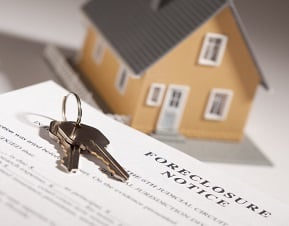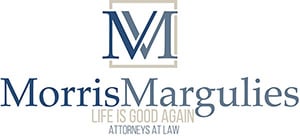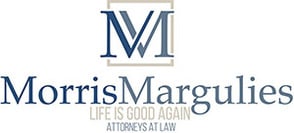Foreclosure Process in Maryland
When a borrower falls behind on his or her mortgage payments, the lender is allowed to initiate foreclosure proceedings against the borrower. In Maryland, the lender files a notice of its intent to foreclose with the Circuit Court in the county where the property is located. It will then advertise, for three consecutive weeks in a newspaper published in the county where the property is located, that the property is going to be sold at a foreclosure sale at the courthouse steps. The lender must give the property owners and any subsequent lien holders notice of the upcoming sale anywhere between 30 to 10 days before the sale date. The property is then sold at an auction. Once sold the former homeowners have lost their rights to the property.

If the borrower wants to prevent the property from going to foreclosure, he or she needs to act quickly. One option is for the borrower to file a Chapter 13 bankruptcy case. If filed before the sale, it will immediately stop the sale and allow the borrower up to five years to repay the missed mortgage payments. Chapter 13 is a complicated process and should only be filed with the assistance of an attorney. Another option is to file injunction proceedings with the Circuit Court where the foreclosure case is pending to stop the sale. The borrower will need valid reasons to grant the injunction, such as improper notice of the sale, recision of the mortgage based on Truth In Lending violations, or other federal law violations by the lender. Another option is to refinance the loan or to sell the property before the foreclosure sale.
Homeowners in Maryland need to be especially careful of scam artists who will try to cheat them out of their homes. These people discourage the homeowners from seeking the advice of attorneys and claim to be looking after the homeowners’ best interest. They will send mail, call or stop by the homeowner’s house to convince the homeowner of the need for their services. There are a variety of scams, some of them advise the homeowner that they will “save” their house but in reality, they have the homeowners sign a deed transferring the home to their name or to the name of an investor. After the homeowner signs the deed, the scam artist will obtain a new mortgage on the property for the full value of the property thereby eliminating any equity the homeowner may have had. Then the scam artist will tell the homeowners that they can buy the property back, perhaps after renting it to them for a year, but at that point, it will cost the homeowner much more to buy back the house because of the extra debt that was placed on the property. If the former homeowner cannot afford to pay this, then the scam artist will evict them from the property.
Other times, the scam artist tells the homeowners that it will pay the lender the amount due to stop the foreclosure and that the homeowner will have to pay them back instead of the homeowner. The scam artist will then have the homeowners sign many documents, which may include a deed transferring title to the scam artist or investor, some may include placing another deed of trust on the property for an amount that far exceeds the amount that the scam artist paid the lender to bring the property out of foreclosure. Before homeowners sign any documents which deal with their property, they should speak to an attorney.

